Home>Dining>Tableware>Which Finish Is Most Durable For A Dining Room Table?
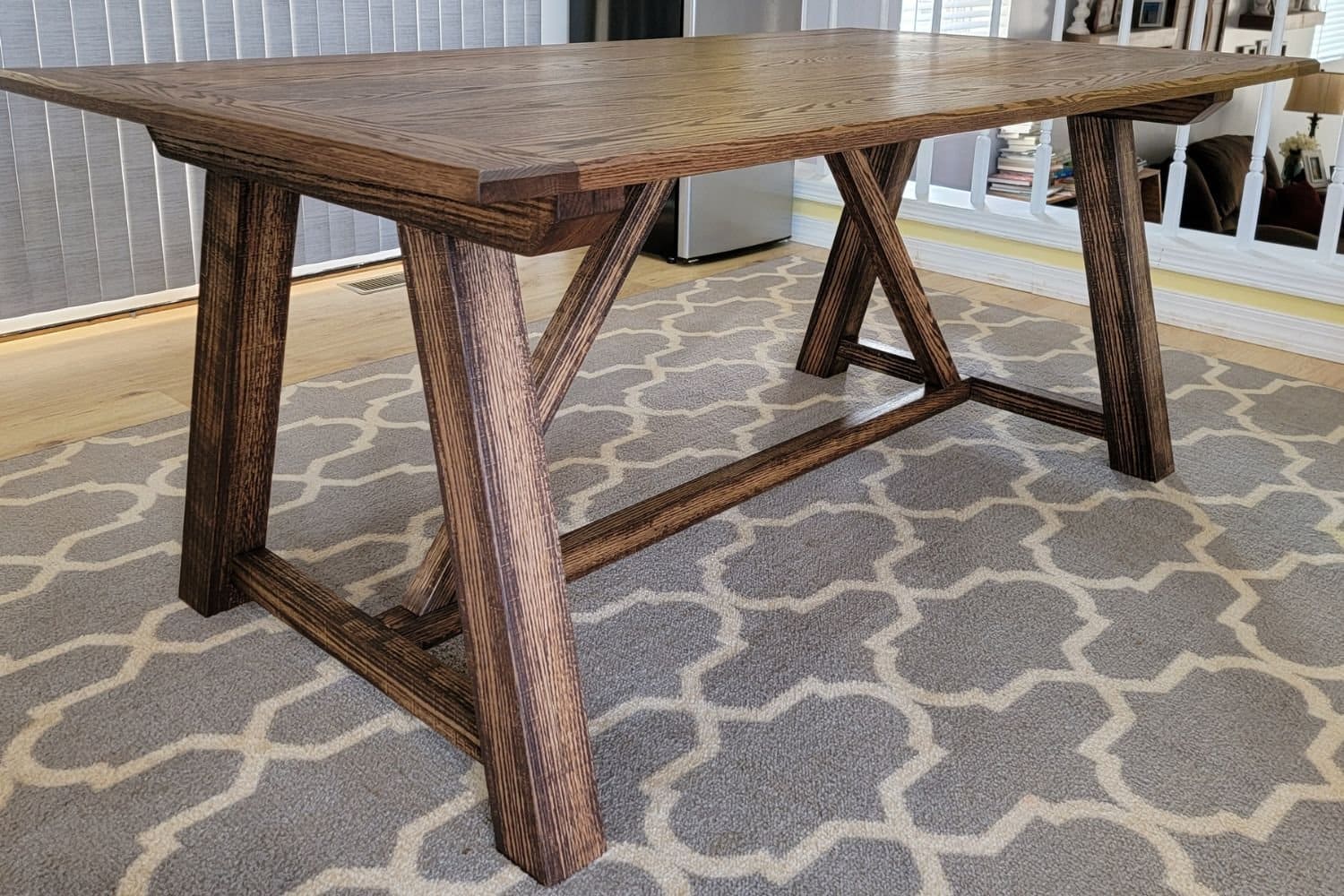

Tableware
Which Finish Is Most Durable For A Dining Room Table?
Modified: February 23, 2024
Discover the most durable finish for your dining room table with our expert guide. From lacquer to polyurethane, find the perfect tableware solution.
(Many of the links in this article redirect to a specific reviewed product. Your purchase of these products through affiliate links helps to generate commission for Storables.com, at no extra cost. Learn more)
Introduction
When it comes to selecting a dining room table, one important consideration is the durability of the finish. The finish not only enhances the appearance of the table but also protects it from daily wear and tear. With a wide variety of tableware finishes available in the market, it can be challenging to determine which one will offer the best durability for your dining room table.
In this article, we will explore different types of finishes commonly used for dining room tables and discuss their durability. By understanding the pros and cons of each finish, you will be able to make an informed decision that aligns with your needs and preferences.
Key Takeaways:
- Choose a durable finish based on your dining table’s usage, environment, and maintenance preferences. Wood, lacquer, varnish, polyurethane, oil, wax, and composite finishes offer varying levels of protection and aesthetic appeal.
- Proper care and maintenance are crucial for preserving the durability and visual appeal of your dining room table’s finish. Regular cleaning, protective coasters, and avoiding direct sunlight can help prolong the lifespan of the chosen finish.
Read more: What Is The Most Durable Dinnerware?
Factors to Consider
Before delving into the different types of finishes, it’s important to consider a few factors that can influence the durability of your dining room table’s finish:
- Usage: How often will the table be used? Will it be subjected to heavy daily use, or will it be reserved for special occasions?
- Environment: Is the dining room exposed to direct sunlight, humidity, or other environmental factors that could affect the finish?
- Resistance: What kind of resistance are you looking for? Do you need protection against scratches, spills, heat, or chemicals?
- Maintenance: How willing are you to perform regular maintenance on the table? Some finishes may require more upkeep than others.
By considering these factors, you can have a better understanding of the level of durability you need from your dining room table’s finish.
Wood Finishes
Wood finishes are a popular choice for dining room tables as they highlight the natural beauty of the wood grain. However, their durability can vary depending on the type of finish used.
One common wood finish is a penetrating oil, which deeply saturates the wood fibers to provide protection from moisture. These finishes offer a more natural look and feel but may require regular reapplication to maintain their durability.
Another popular option is a polyurethane finish, which creates a hard and protective layer on the surface of the wood. Polyurethane finishes come in various sheens, from glossy to matte, and provide excellent resistance against scratches, spills, and heat. However, they may show wear over time and may require refinishing to restore their original appearance.
When choosing a wood finish, it’s essential to consider the specific type of wood used for your dining room table. Some woods, like oak or maple, are naturally more durable and resistant to damage, while others, like pine or cedar, may require additional protection to maintain their longevity.
Ultimately, the durability of a wood finish will also depend on proper maintenance and care. Regular cleaning, using protective coasters and mats, and avoiding direct exposure to sunlight can help prolong the lifespan of the wood finish on your dining room table.
Lacquer Finishes
Lacquer finishes are known for their smooth and glossy appearance, making them a popular choice for modern and contemporary dining room tables. Lacquer is a synthetic coating that provides a durable and protective finish.
Lacquer finishes offer excellent resistance against scratches, spills, and chemical damage. The hard and glossy surface can withstand heavy daily use and is relatively easy to clean and maintain. However, it is important to note that lacquer finishes can be sensitive to heat and may show signs of wear and tear over time.
One advantage of lacquer finishes is their ability to create a sleek and polished look on dining room tables. They can enhance the natural color and grain of the wood while providing a smooth and lustrous surface.
However, lacquer finishes usually require professional application. They involve several layers of spraying and sanding, which can be a time-consuming and costly process. Additionally, repairs or refinishing may also require professional assistance.
To maintain the durability of a lacquer finish, it is important to clean spills promptly, use coasters and placemats to protect the surface, and avoid placing hot objects directly on the table. Regular dusting and occasional polishing can also help maintain its shine and prolong its lifespan.
Varnish Finishes
Varnish finishes are known for their durability and ability to provide a protective coating on dining room tables. Varnish is a clear, hard, and transparent finish that enhances the natural beauty of the wood while offering excellent resistance to scratches, spills, and heat.
One of the key benefits of varnish finishes is their long-lasting durability. They create a tough and resilient layer on the surface of the table, making it more resistant to wear and tear. Varnish finishes are also relatively easy to maintain and can withstand regular cleaning without losing their shine.
There are different types of varnishes available, including oil-based varnishes and water-based varnishes. Oil-based varnishes provide a warmer tone and deeper penetration into the wood, while water-based varnishes offer a more environmentally-friendly option with a faster drying time. Both options provide excellent protection and durability.
When applying a varnish finish, it’s important to ensure proper ventilation and follow the manufacturer’s instructions. Multiple coats may be required, with sanding between each layer to achieve a smooth and even finish.
To maintain the durability of a varnish finish, regular dusting and occasional cleaning with a mild detergent and water are recommended. It is also advisable to use protective coasters and mats to prevent scratches and heat damage. If the varnish finish begins to show signs of wear over time, refinishing may be necessary to restore its original appearance.
Overall, varnish finishes offer a combination of durability, protection, and aesthetic appeal, making them a popular choice for dining room tables.
A tip for a durable dining room table finish is to consider a conversion varnish or catalyzed lacquer. These finishes are highly resistant to scratches, heat, and moisture, making them ideal for high-traffic areas like dining rooms.
Read more: How To Make The Most Use Of Your Dining Room
Polyurethane Finishes
Polyurethane finishes are known for their high durability and ability to provide a protective layer on dining room tables. These finishes create a hard, clear coating that offers excellent resistance against scratches, spills, and heat.
One of the key advantages of polyurethane finishes is their ability to provide long-lasting durability. Whether you choose a water-based or oil-based polyurethane, both options create a strong and resilient barrier on the surface of the table.
Water-based polyurethane finishes are typically more eco-friendly and have a faster drying time compared to their oil-based counterparts. They also have a lower odor during application. On the other hand, oil-based polyurethane finishes offer a warmer and richer tone, providing a traditional look to the dining room table.
Polyurethane finishes are relatively easy to apply, and multiple coats may be necessary to achieve the desired level of protection. Sanding between each coat helps create a smooth and even surface. Additionally, some polyurethane finishes come in different sheens, ranging from glossy to satin, allowing you to choose the desired level of shine for your table.
Maintenance for polyurethane finishes is relatively simple. Regular dusting and occasional cleaning with a mild detergent and water are usually sufficient to keep the finish looking its best. However, it is important to use coasters and placemats to protect the table from scratches and heat. If the finish begins to show signs of wear over time, refinishing may be necessary to restore its original appearance.
Overall, polyurethane finishes are a popular choice for dining room tables due to their durability, resistance, and ease of maintenance. They provide a protective barrier that helps prolong the lifespan of the table while maintaining its visual appeal.
Oil Finishes
Oil finishes are a natural and breathable option for dining room tables that enhance the beauty of the wood while providing some level of protection.
There are different types of oil finishes, including linseed oil, tung oil, and Danish oil. These finishes penetrate into the wood, nourishing and enhancing its natural color and grain. They create a matte or satin sheen, leaving a smooth and natural-looking surface.
One of the advantages of oil finishes is their simplicity. They are easy to apply and can be done by hand, making it a popular choice for DIY enthusiasts. Oil finishes are also known for their ability to bring out the natural beauty of the wood, giving it a warm and organic feel.
However, oil finishes offer less protection compared to other types of finishes. While they can provide some resistance to moisture and spills, they may not be as durable when it comes to scratches and heat. Regular maintenance and reapplication may be necessary to keep the table looking its best.
To maintain an oil-finished dining room table, regular cleaning with a mild detergent and water is usually sufficient. It is also recommended to use coasters, placemats, and trivets to protect the surface from stains, scratches, and heat damage.
Oil finishes can be a great choice if you prefer a more natural and organic look for your dining room table. They require more regular maintenance but can provide a unique and authentic charm to your space.
Wax Finishes
Wax finishes are a traditional and time-tested option for dining room tables. They provide a soft and smooth sheen while enhancing the natural beauty of the wood.
Wax finishes, such as beeswax or carnauba wax, create a thin protective layer on the surface of the table. They offer moderate resistance against scratches, spills, and heat. While they may not provide the same level of durability as other finishes, wax finishes can be easily repaired and maintained over time.
Applying a wax finish involves rubbing the wax onto the wood and buffing it to create a beautiful shine. This process can be repeated periodically to maintain the finish’s appearance. Wax finishes are especially suitable for antique or vintage dining room tables, as they can enhance the table’s original character and patina.
However, it is important to note that wax finishes require more frequent maintenance compared to other finishes. Spills should be wiped up immediately to prevent staining, and regular dusting and occasional reapplication of wax may be necessary to keep the table looking its best. Additionally, wax finishes may need to be stripped and reapplied periodically to remove built-up layers.
To clean a dining room table with a wax finish, it is recommended to use a soft cloth and a mild detergent or wax cleaner specifically designed for this purpose.
Wax finishes can add a warm and inviting touch to your dining room table. While they may require more upkeep, they offer a beautiful and timeless finish that can bring out the natural beauty of the wood.
Composite Finishes
Composite finishes are a popular choice for modern dining room tables as they offer a combination of durability, versatility, and aesthetic appeal. These finishes are typically made up of a composite material, such as laminate or melamine.
Laminate finishes consist of layers of resin-saturated paper that are bonded together under high pressure and heat. This creates a hard and durable surface that is resistant to scratches, stains, and heat. Laminate finishes are available in a wide range of colors, patterns, and textures, allowing you to find the perfect look for your dining room.
Melamine finishes, on the other hand, are similar to laminate finishes but have an added layer of melamine resin on top. This makes them even more resistant to wear and tear, making them a suitable option for high-traffic areas.
Composite finishes offer several benefits for dining room tables. They are easy to clean and maintain, requiring only regular dusting and occasional cleaning with a mild detergent and water. They are also highly resistant to moisture, making them less prone to warping or damage from spills.
One of the advantages of composite finishes is their ability to mimic the look of natural materials, such as wood or stone, at a more affordable price point. They provide a consistent and uniform appearance, making them ideal for modern and contemporary interiors.
However, it’s important to note that composite finishes are not as resistant to scratching as some other finishes. While they offer good durability for everyday use, they may show signs of wear over time, especially in areas of heavy use.
In summary, composite finishes offer a durable, versatile, and affordable option for dining room tables. They provide a wide range of design choices, easy maintenance, and resistance to moisture, making them a popular choice for modern living spaces.
Conclusion
Choosing the most durable finish for your dining room table is essential to ensure its longevity and maintain its appearance. Each type of finish has its own pros and cons, and understanding these factors can help you make an informed decision.
Wood finishes, such as penetrating oil or polyurethane, offer a natural and warm look while providing good protection against scratches and spills. Lacquer finishes provide a glossy and sleek appearance but may be sensitive to heat. Varnish finishes offer excellent durability and protection, while oil finishes provide a more organic and low-maintenance option. Wax finishes add a timeless charm but require more frequent maintenance. Composite finishes, like laminate or melamine, offer durability, versatility, and easy maintenance with various design options.
Consider factors such as usage, environment, resistance, and maintenance when selecting a finish for your dining room table. It’s important to choose a finish that aligns with your specific needs and preferences.
Regardless of the finish you choose, proper care and maintenance are essential to prolong the life of your dining room table. Regular cleaning, using protective coasters and placemats, and avoiding direct exposure to sunlight can help preserve the finish’s durability and visual appeal.
In conclusion, by understanding the different types of finishes available and considering the specific requirements of your dining room table, you can make an educated decision that strikes a balance between durability, aesthetics, and practicality. With the right finish, your dining room table can become a centerpiece that not only adds beauty to your home but also withstands the test of time.
Frequently Asked Questions about Which Finish Is Most Durable For A Dining Room Table?
Was this page helpful?
At Storables.com, we guarantee accurate and reliable information. Our content, validated by Expert Board Contributors, is crafted following stringent Editorial Policies. We're committed to providing you with well-researched, expert-backed insights for all your informational needs.
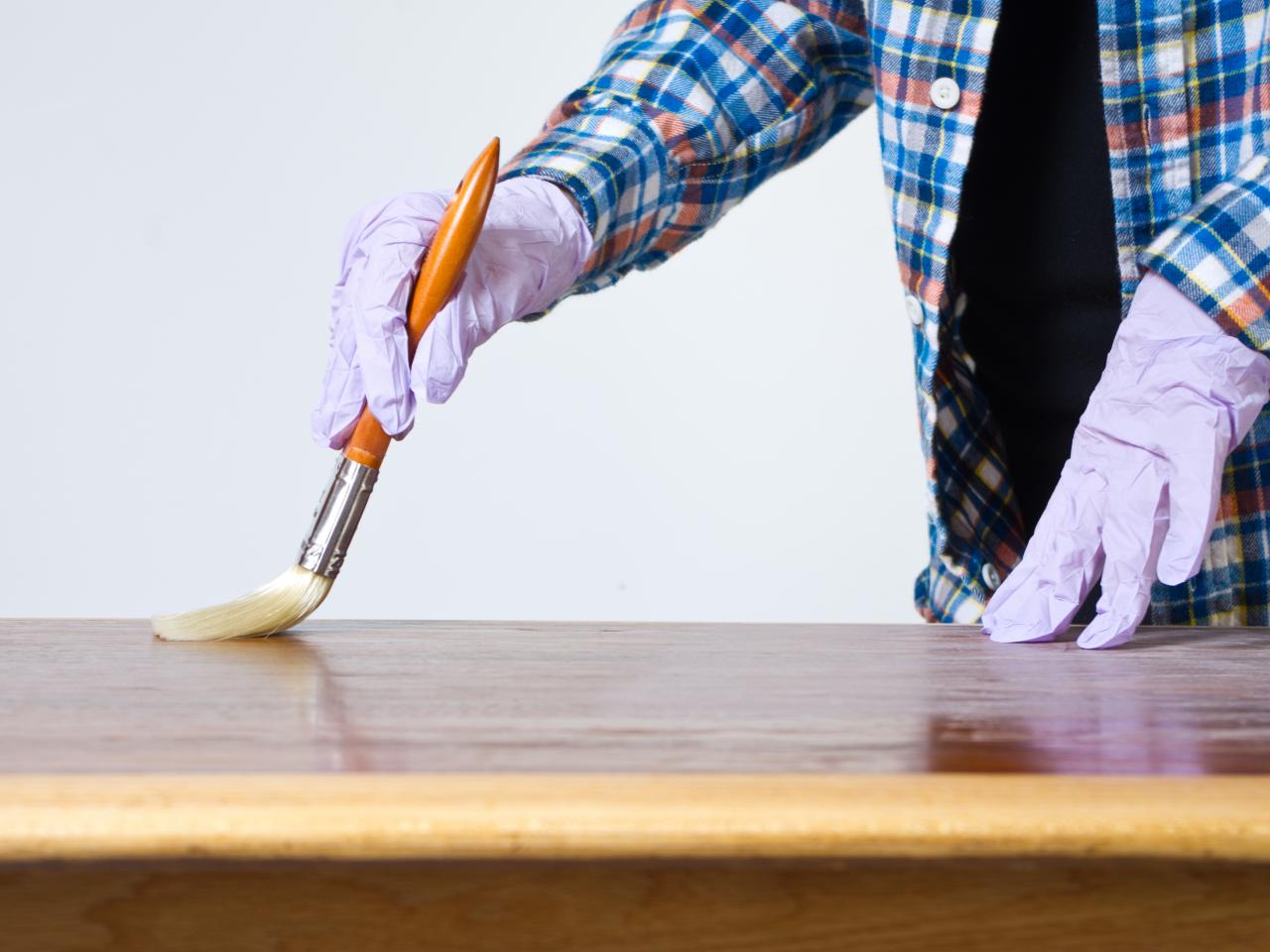



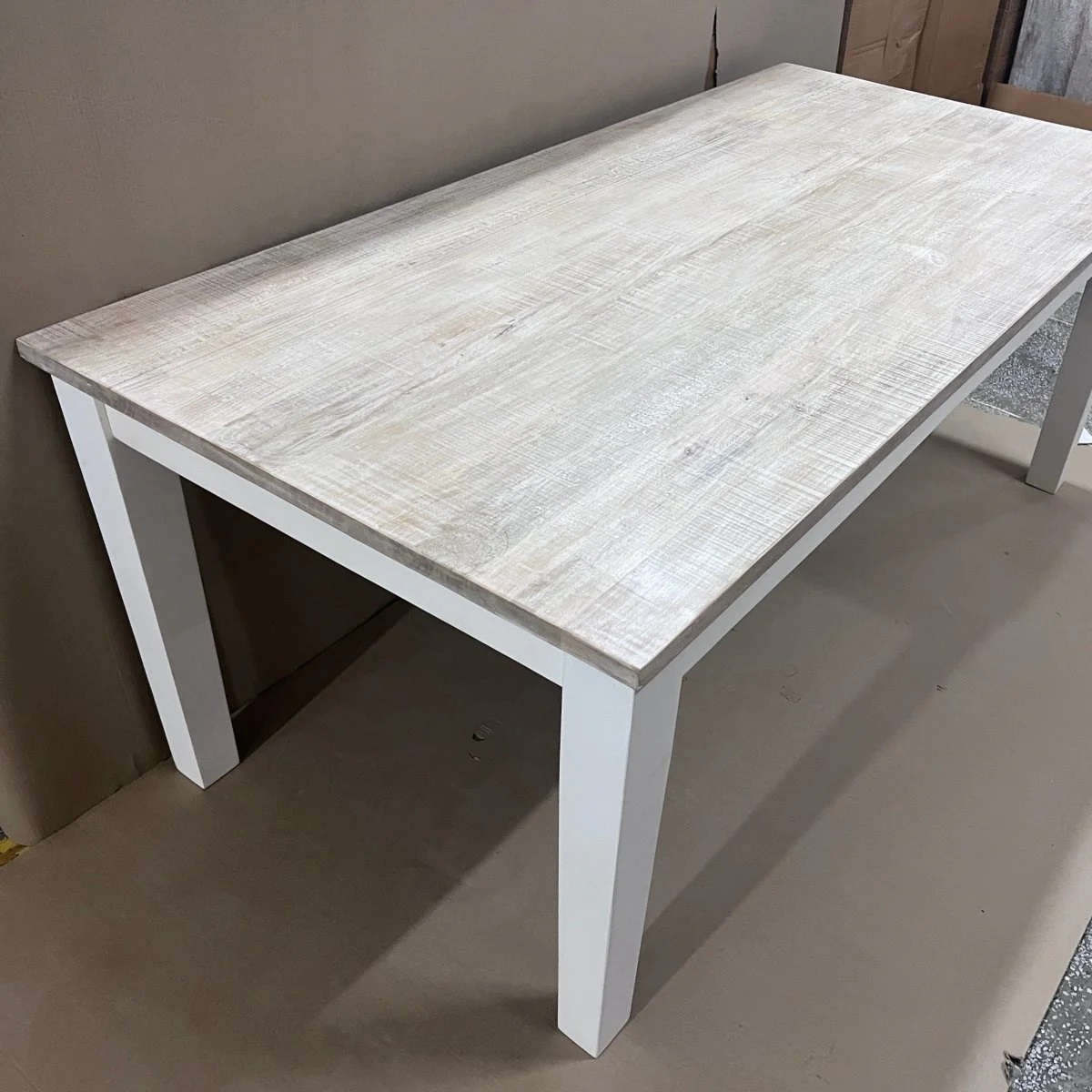
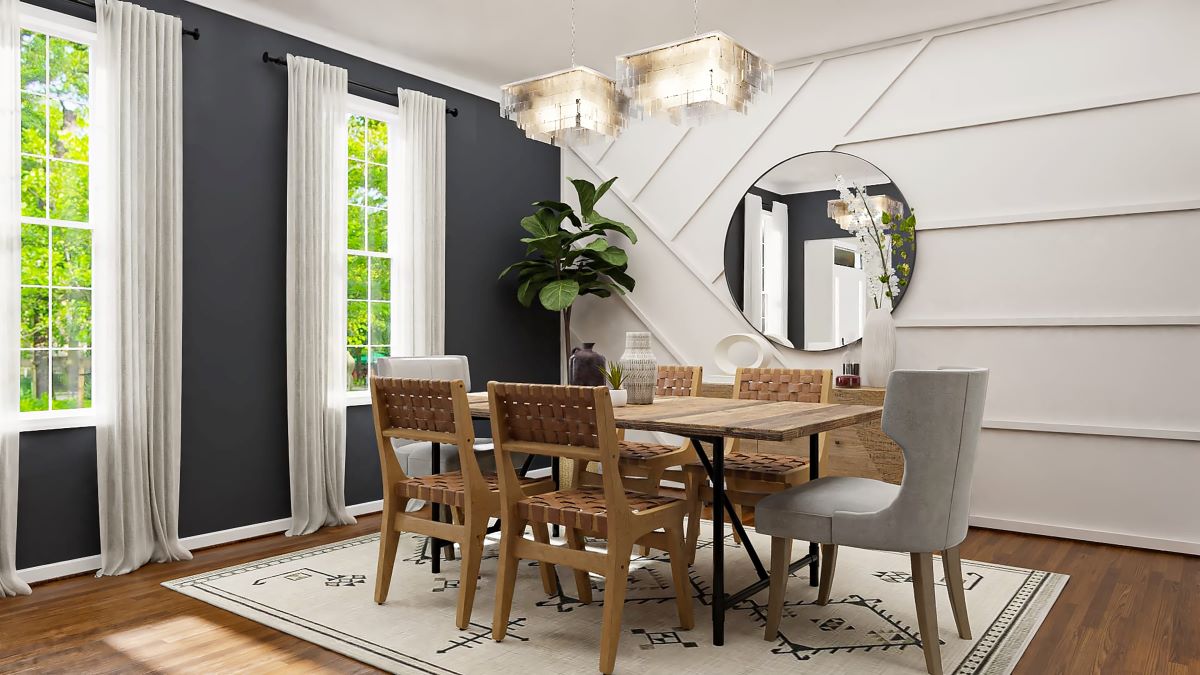
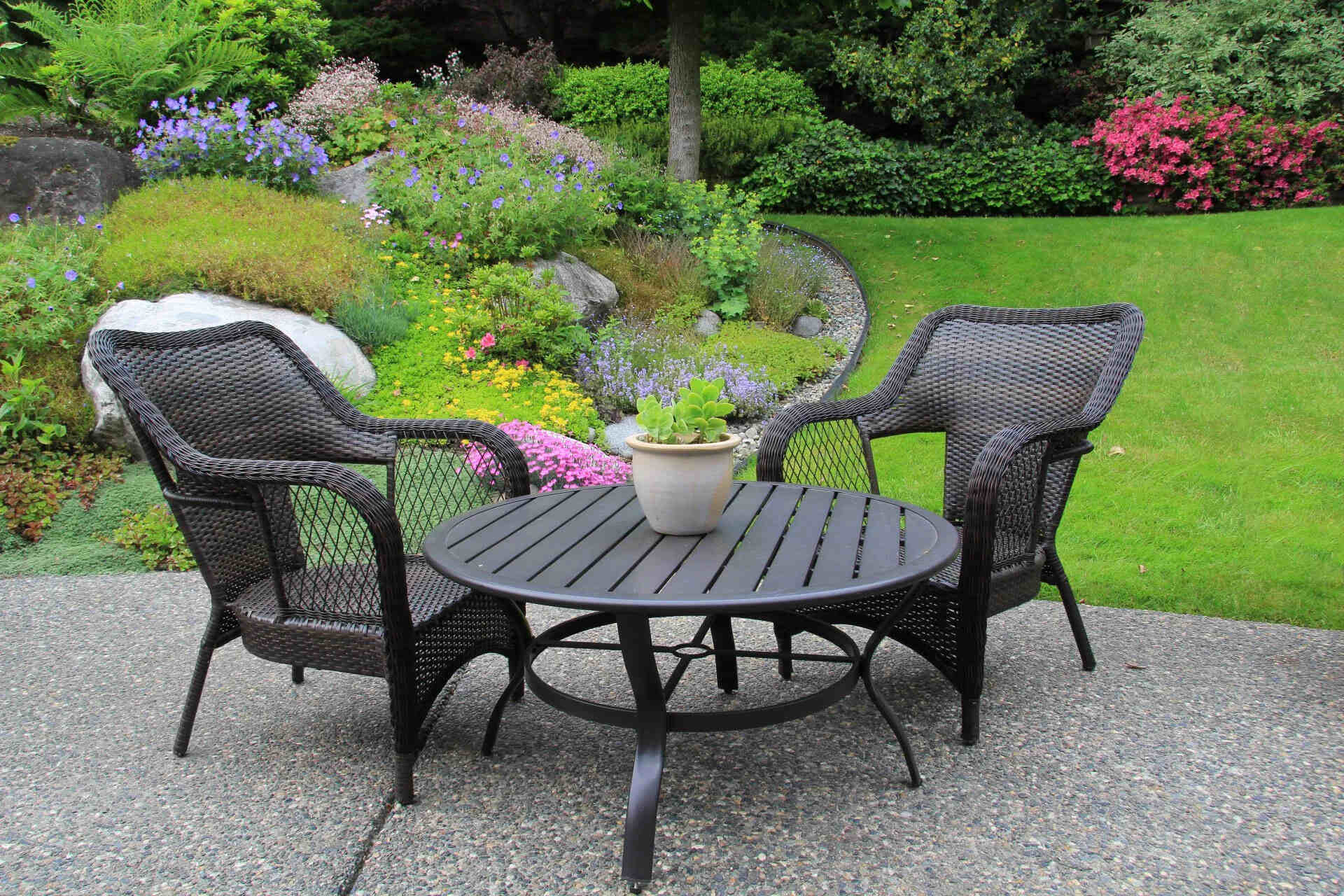

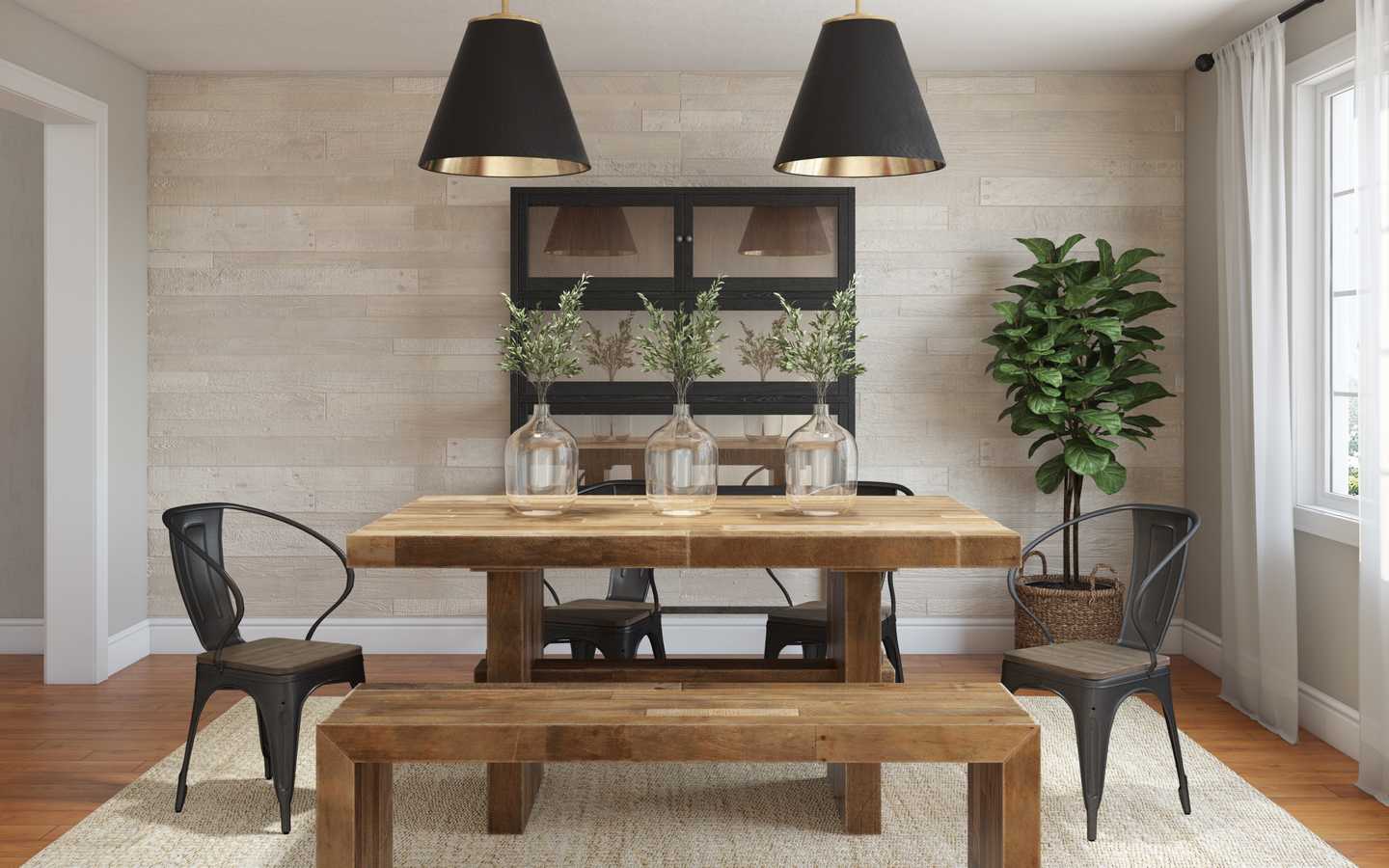
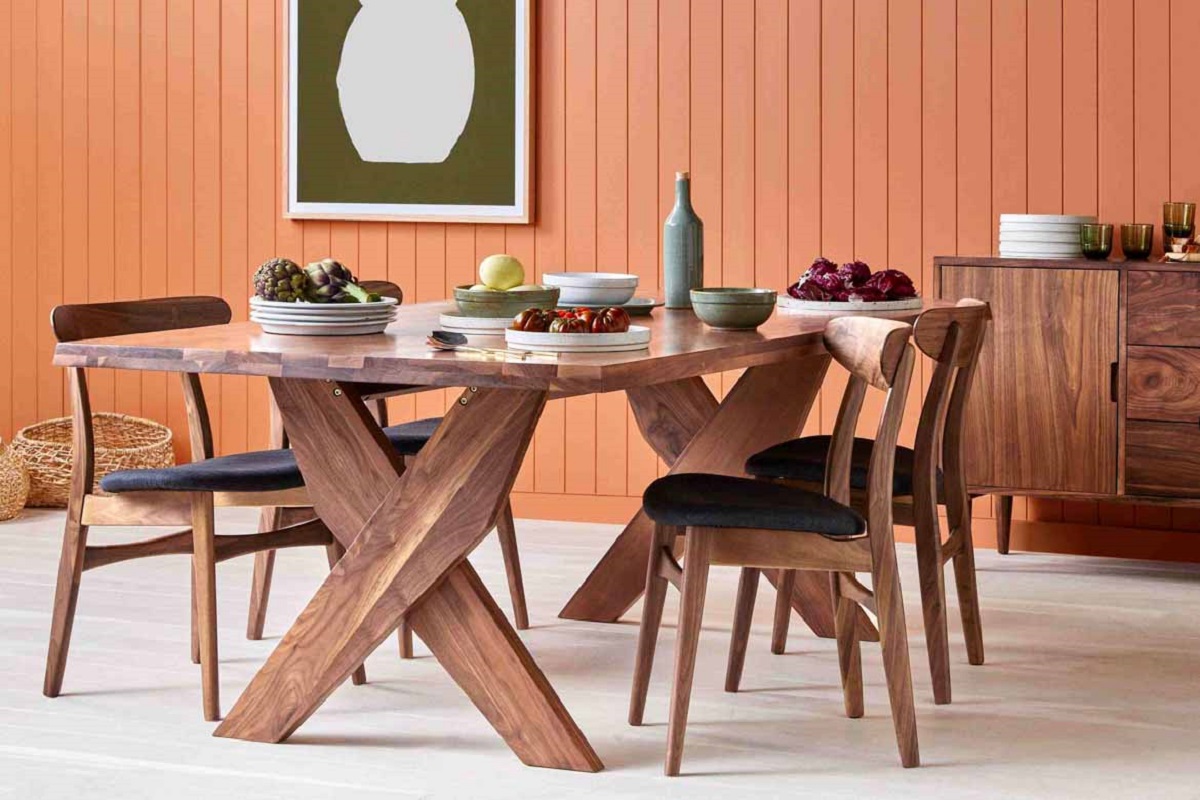
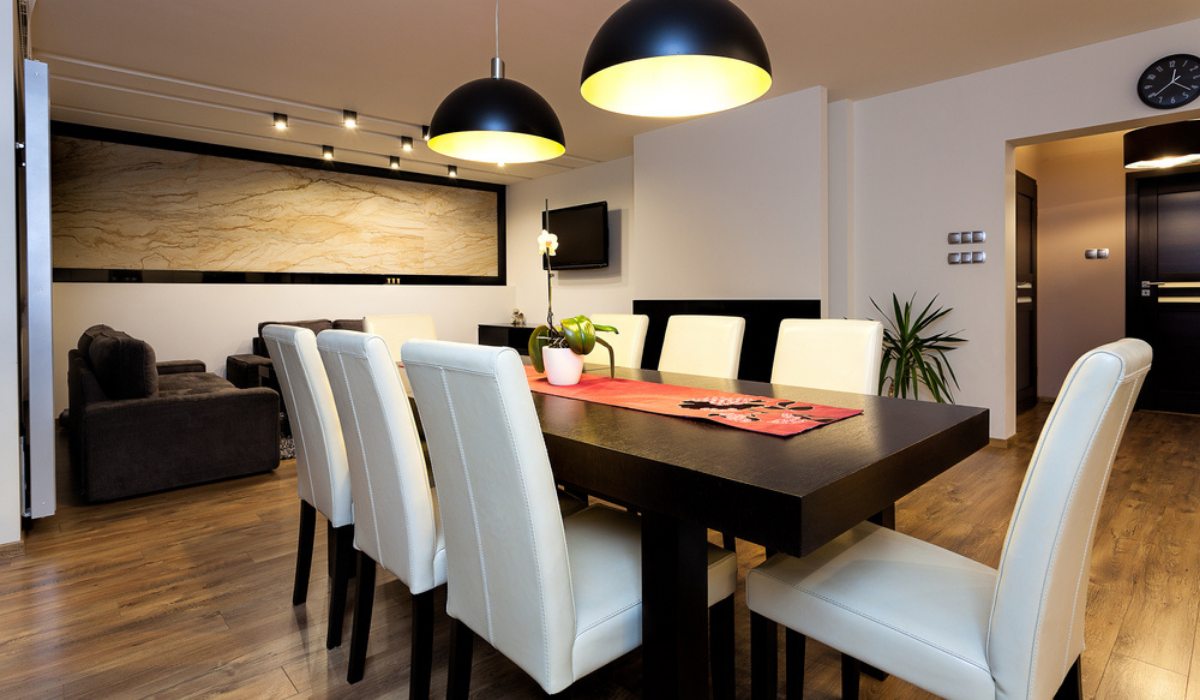
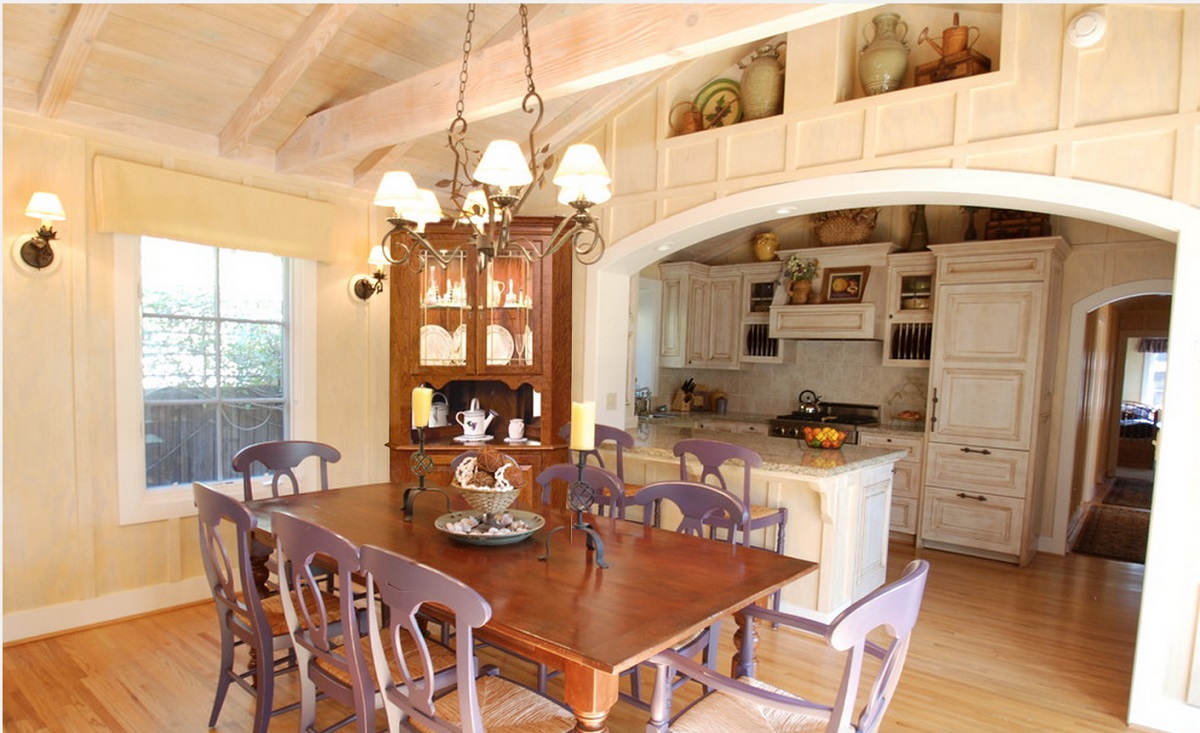
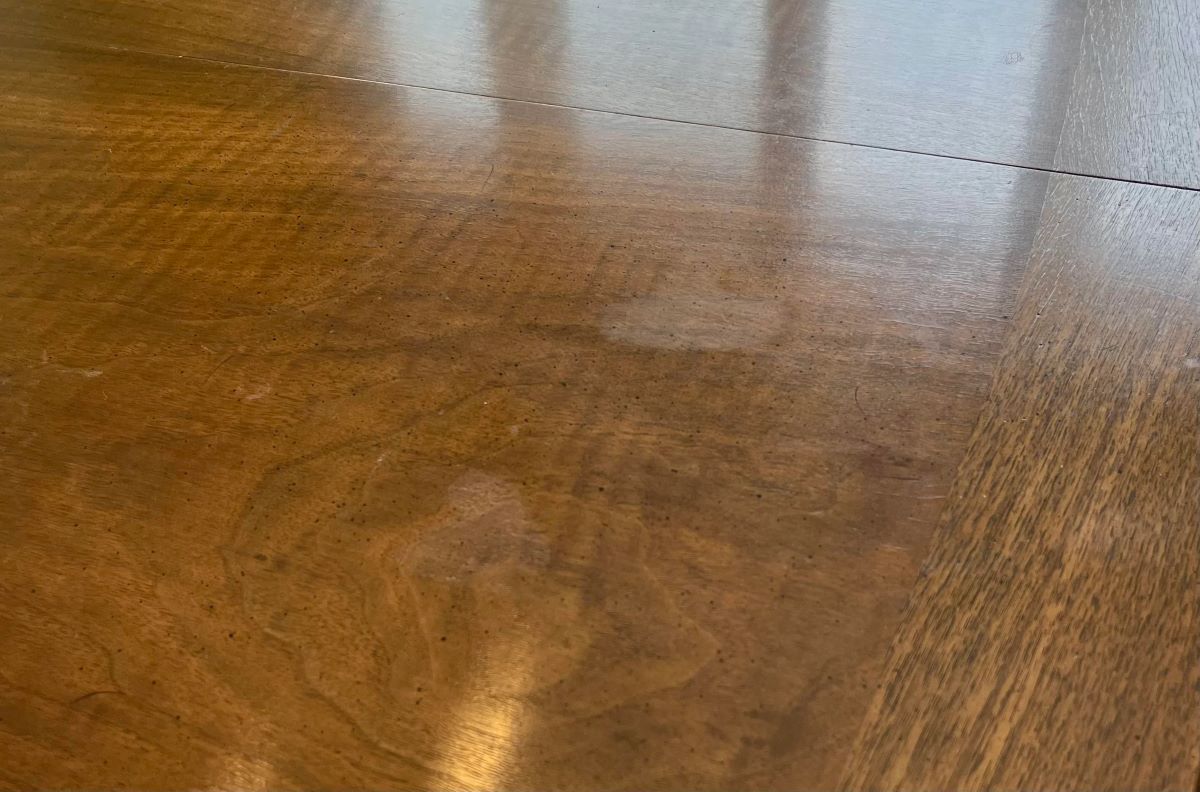

0 thoughts on “Which Finish Is Most Durable For A Dining Room Table?”